The discovery of membraneless organelles has revolutionized our understanding of cellular organization. Unlike traditional organelles bound by lipid bilayers, these dynamic structures form through a process called liquid-liquid phase separation, creating distinct compartments within the crowded cellular environment. This phenomenon has emerged as a fundamental principle governing the spatiotemporal regulation of biochemical reactions, challenging long-held views of how cells orchestrate complex biological processes.
At the heart of this paradigm shift lies the concept of molecular condensation. Biomolecules such as proteins and nucleic acids can spontaneously separate from the cellular milieu, forming concentrated droplets that function as specialized reaction hubs. These condensates exhibit liquid-like properties, allowing for rapid exchange of components while maintaining functional integrity. The nucleolus, stress granules, and P-bodies represent prominent examples of these remarkable structures that perform essential roles in gene expression, stress response, and RNA metabolism.
The physical principles underlying phase separation reveal an elegant simplicity in biological complexity. Multivalent interactions between proteins containing intrinsically disordered regions or modular domains drive the formation of these membraneless compartments. Environmental conditions such as temperature, pH, and molecular concentration critically influence the phase behavior, providing cells with a sensitive regulatory mechanism. This delicate balance explains how cells can rapidly assemble or disassemble functional units in response to changing physiological demands.
Recent breakthroughs have illuminated how phase separation contributes to transcriptional regulation. Nuclear speckles and transcriptional condensates concentrate transcription factors, coactivators, and RNA polymerase, creating microenvironments optimized for gene activation or repression. The dynamic nature of these assemblies allows for precise control of transcriptional output, with implications ranging from cell differentiation to disease pathogenesis. Disruption of these phase-separated systems has been linked to various neurological disorders and cancers, highlighting their physiological significance.
RNA metabolism represents another critical process governed by membraneless organelles. Processing bodies and stress granules regulate mRNA stability, translation, and degradation through selective partitioning of RNA-binding proteins and their targets. The ability of these structures to rapidly form under stress conditions provides cells with an adaptive mechanism to reprogram gene expression. This plasticity proves particularly important during development and cellular stress responses, where quick adjustments to protein synthesis are required.
The immune system also exploits phase separation for signal amplification and regulation. Formation of signaling condensates at immune synapses enhances the efficiency of signal transduction pathways, enabling robust yet controlled immune responses. Similarly, the inflammasome—a multiprotein complex critical for inflammatory responses—appears to utilize phase separation principles for its assembly and activation. These discoveries open new avenues for therapeutic intervention in autoimmune diseases and chronic inflammation.
Neuroscience has particularly benefited from insights into phase separation biology. Synaptic plasticity, the cellular basis of learning and memory, involves dynamic protein assemblies that exhibit liquid-like properties. The postsynaptic density—a protein-rich network beneath neuronal membranes—displays characteristics consistent with phase-separated condensates. Disruption of these delicate equilibria may contribute to neurodegenerative diseases, offering fresh perspectives on pathological mechanisms in conditions like Alzheimer's and Parkinson's diseases.
Technological advancements have propelled our ability to study these phenomena. Cutting-edge microscopy techniques, including fluorescence recovery after photobleaching (FRAP) and optical tweezers, allow researchers to probe the material properties of condensates in living cells. Meanwhile, in vitro reconstitution experiments using purified components provide controlled systems for dissecting the molecular rules governing phase separation. These approaches have revealed how subtle changes in protein sequence or post-translational modifications can dramatically alter phase behavior.
The therapeutic potential of targeting membraneless organelles is becoming increasingly apparent. Small molecules that modulate phase separation could offer new strategies for treating diseases characterized by aberrant condensate formation. In cancer, where transcriptional control often goes awry, drugs that specifically disrupt oncogenic transcriptional condensates might provide selective therapeutic effects. Similarly, compounds that prevent pathological protein aggregation in neurodegenerative diseases by altering phase separation properties hold considerable promise.
Despite remarkable progress, numerous questions remain unanswered. How do cells maintain the fidelity of biochemical reactions within these dynamic compartments? What mechanisms prevent the irreversible aggregation of phase-separated proteins? Addressing these challenges will require interdisciplinary approaches combining biophysics, cell biology, and systems biology. The emerging field of condensate engineering—designing synthetic membraneless organelles with prescribed functions—may provide both answers and practical applications.
As research continues to unravel the complexities of phase separation biology, one thing becomes clear: these transient cellular structures represent a sophisticated regulatory layer that evolution has harnessed to achieve precise spatiotemporal control over life's molecular processes. From coordinating rapid stress responses to establishing long-term cellular memory, membraneless organelles exemplify nature's ingenuity in organizing the biochemical chaos inherent to living systems. Their study not only deepens our fundamental understanding of cell biology but also opens unprecedented opportunities for biomedical innovation.
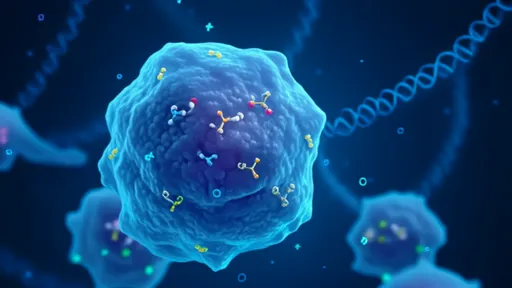
By /Jul 3, 2025
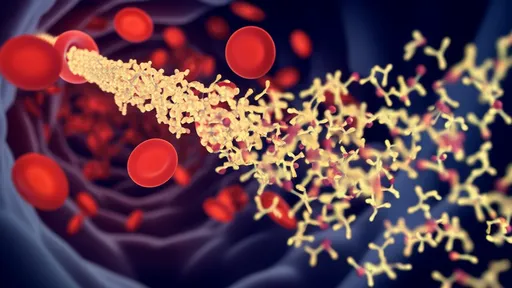
By /Jul 3, 2025
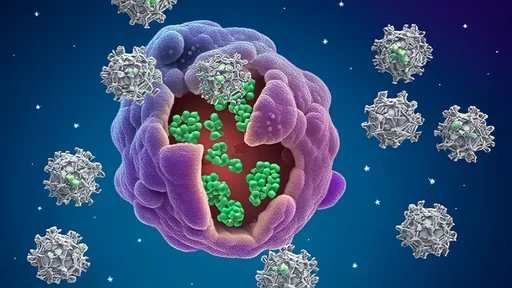
By /Jul 3, 2025
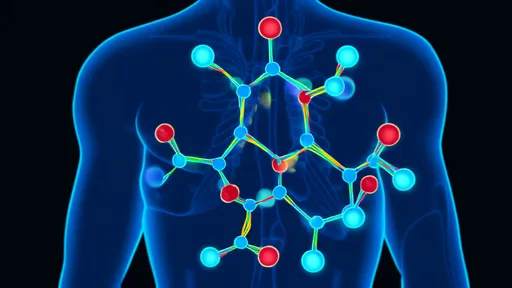
By /Jul 3, 2025

By /Jul 3, 2025
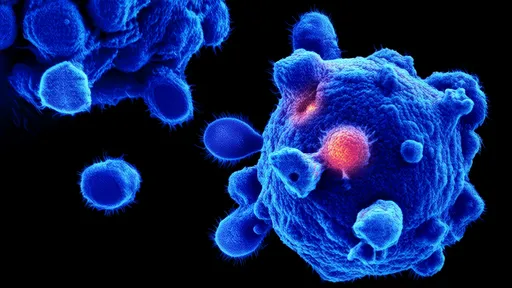
By /Jul 3, 2025
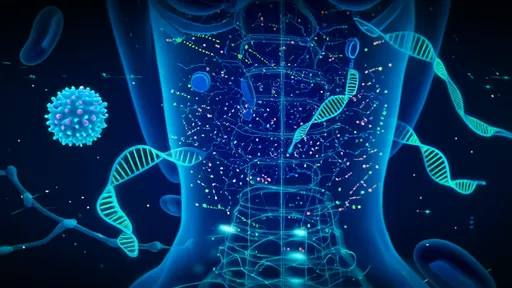
By /Jul 3, 2025

By /Jul 3, 2025

By /Jul 3, 2025

By /Jul 3, 2025

By /Jul 3, 2025

By /Jul 3, 2025

By /Jul 3, 2025

By /Jul 3, 2025

By /Jul 3, 2025

By /Jul 3, 2025

By /Jul 3, 2025

By /Jul 3, 2025

By /Jul 3, 2025
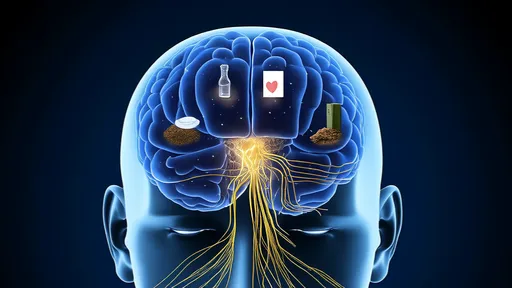
By /Jul 3, 2025